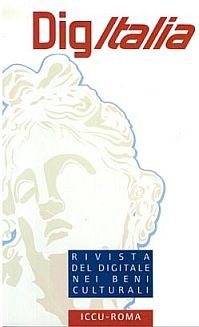La tecnologia 5G e i beni culturali: percorsi di storie e architetture all’Aquila
DOI:
https://doi.org/10.36181/digitalia-00019Keywords:
ICT, patrimonio, valorizzazione, fruizione, terremoto, L’Aquila, ricostruzione, comunicazione, heritage, valorization, fruition, hearthquake, restoring, communicationAbstract
In the aftermath of the 2009 earthquake, the University of L’Aquila carried outprojects for the protection and enhancement of cultural heritage, which responded to the need for communication of the invisible, for the use of the differently located visible and for the recovery of vanished facies. With particular reference to the historical-artistic heritage of the city, the 5G technology has allowed the experimentation of augmented and virtual reality solutions involving churches and reconstructed buildings. The translation of archival research into digital historical approaches, publichistory practices as well as augmented publishing experiences has allowed, through ICT, a wider accessibility to multimedia contents by different audiences.
Downloads
Downloads
Published
How to Cite
Issue
Section
License
Copyright (c) 2020 DigItalia

This work is licensed under a Creative Commons Attribution-ShareAlike 3.0 Unported License.
The Authors publishing their contributions on this journal agree to the following conditions:
- The Authors detain intellectual property rights of their work and transfer the right of first publication of the work to the journal, under the following Licence: Attribution-ShareAlike 3.0 Italy (CC BY-SA 3.0 IT). This Licence allows third parties to share the work by attributing it to the Authors and clarifying that the work has been first published on this journal.
- Authors can sign other, non-exclusive licence agreements for the dissemination of the published word (e.g. to deposit it in an institutional archive or publish it in a monography), provided that they state that the work has been first published on this journal.
- Authors can disseminate their work online (e.g. in institutional repositories or on their personal websites) after its publication, to potentially enhance knowledge sharing, foster productive intellectual exchange and increase citations (see The Effect of Open Access).






